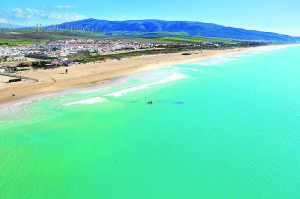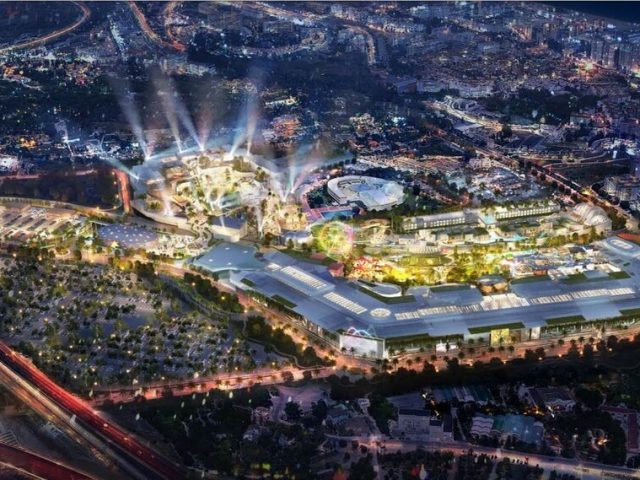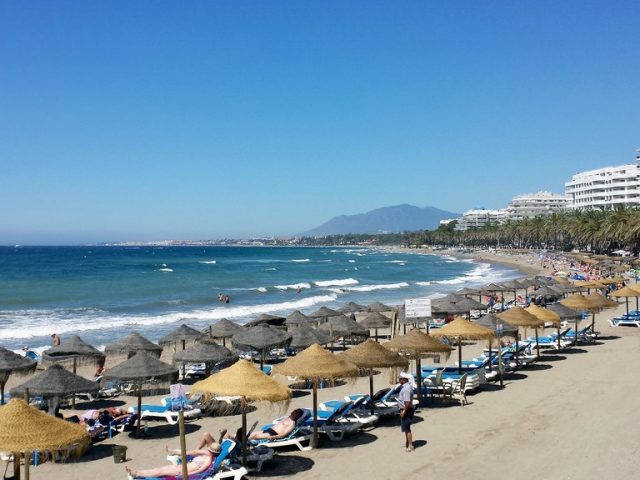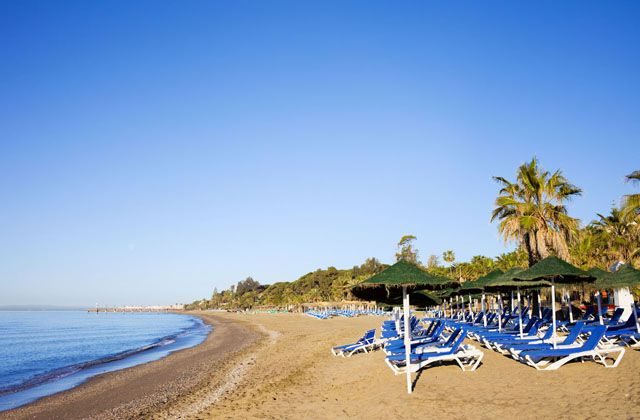- Have any questions?
- +34 951 273 575
- info@allaboutandalucia.com
A tale of two pueblos: Barbate and Zahara de los Atunes
- Home
- Blog
- Explore Andalucia Cadiz
- A tale of two pueblos: Barbate and Zahara de los Atunes
By Carey Camel
TAKE two whitewashed towns lapped by the Atlantic on the sunny Costa de la Luz: Barbate and Zahara de los Atunes. They’re slap-bang next to each other on the map but at first glance they seem poles apart.
Barbate dresses down, its nondescript housing and low-key seaside restaurants are ostensibly worlds apart from the chic shops , upmarket restaurants and cafes of Zahara.
My first impression of these two maritime pueblos reminded me of the Prince and the Pauper, where a rich boy and a poor boy swap clothes and lifestyles.
But like all good stories there’s a twist in the tale and, although wildly different towns, both share stunning beaches and quirky character in common.
I discovered their individual idiosyncrasies on a weekend getaway that left me a sunburned but satisfied traveller.
Franco’s town
My adventure began in Barbate, a town with origins as a Roman fishing village known as Barbate de Franco until 1998, as the former dictator spent time there during the 1930s.
He was said to have enjoyed a number of holidays in the town and later encouraged its development as a key fishing port for Andalucia.
While it is statistically one of the most deprived towns in Andalucia (it has the highest unemployment rate of the region), it is authentic to the extreme and oozes kitsch in the classic Spanish style.
Parking in the town centre as the clock struck 6pm, I was surprised at how sleepy it felt for a Saturday evening, until I discovered that all the action was centred on the beach.
It was here that the generally humdrum town came alive as sun worshippers were packed on the sands like Barbate’s famous sardines, many sheltering under umbrellas and beach canopies.
But this is no tourist trap. It is a wholly Spanish affair, with multiple generations of the same family congregating for a weekend at the seaside. While young parents and their toddlers paddled in the crystal clear water, aunts and uncles watched from a distance, sunbathing or listening to the radio.
Away from the water, along the shaded side streets, abuelos were studiously avoiding the UV rays and their screaming grandchildren with a quiet caña and a game of dominoes.
Rebellious adolescents hung out with their amigos, taking a break from beach flirting only to watch the World Cup match, relayed on screens from the plethora of seaside bars and restaurants.
I even noticed a few teenage boys taking a moment to chat with their grandmothers, evidence that the culture here is very strongly based around families.
As far as eating in Barbate goes, you can’t go wrong with seafood… and it is here, where Andaulcia’s best fish restaurant Campero can be found. The Atlantic Ocean is a prime location for tuna, to which identical metal tuna sculptures on the paseos of Barbate and Zahara stand testimony.
After one of the freshest plates of sashimi at Casa Oscar, we headed to El Océano for mojitos at a reasonable €3 a throw, the perfect accompaniment to people-watching.
Unfortunately, I had forgotten my swimwear but I enjoyed the chance to kick back and observe the goings-on in this no-frills pueblo.
In the town centre I chanced upon some intriguing street art. The graffiti here is truly incredible, a symbol of the soul that is Barbate.
My favourite was a charming message that read: ‘Prometo enamorarte como el primer día’ (I promise to love you like the first day).
Turning a corner along one of Barbate’s winding streets, I ran into a well-stocked health food shop/pharmacy, specialising in herbal remedies and offbeat culinary ingredients like tamari paste.
My only serious complaint about Barbate is it’s ‘Forest of Trash’ as I called it: a little enclave of trees on the edge of town where the wind has blown rubbish from nearby dustbins. The litter seems to have accumulated over years, making it Barbate’s personal landfill. It’s a shame this eyesore detracts from the town’s otherwise warm welcome.
Luxuryville
After one of the most beautiful seaside drives imaginable you arrive in Zahara de los Atunes, which while remarkably similar to Barbate on first glance, could not be more different.
Mostly this boils down to money. To put it into perspective, among the first few cars I saw parked in town were several spanking new Range Rovers and BMWs.
Many of these have come down from Madrid and Sevilla and the resort is probably the coast’s most upmarket, with prices to match.
But by no means does Zahara put on airs and graces. The town has humble roots as a fishing village dating from Phoenician times and, as its name suggests, it’s another landmark destination for bluefin tuna. Its residents are as relaxed as the folk in Barbate, even if they do take to the beach in designer sunglasses.
But what really distinguishes Zahara from Barbate is the upscale beach town vibe owed to its gourmet restaurants and wine bars. After a quick stroll around town browsing a few of the novelty home decoration shops, check out one of the numerous restaurants, including Zoko where we had a delicious seaweed salad with, you guessed it, tuna. The flavour was unparallelled!
One of the most intriguing aspects of Zahara is how seamlessly the town frays at the edges onto the beach. Roads terminate in sand, reinforcing the municipal-maritime connection of this seaside pueblo.
After a dip in the perfect blue ocean, I headed to the terrace bar of the Hostal Monte Mar for a glass of vino and stunning views of Zahara’s coastline.
From here you can see the majestic windmills that dot the countryside, providing sustainable energy for the area.
For top tuna, quirkiness and pure Atlantic air I highly recommend an escape to the coast of light.







1 Comment
I have family ties in the area and was in Barbate on vacation last week. I agree with your summation of the city. I think me and my friend were the only two Americans there and only noticed a handful of other foreigners moving about the city and the beaches. It was quite obvious that currently mostly Spaniards vacation here. I also noticed the city was quite dirty and I did notice the trash pileup that you mentioned in your article. I try to visit the area every couple of years and have noticed a downward trend in Barbate, especially over the past few years. I believe that their current economic status has a lot to do with the city’s appearance. My hope is that the City’s economy at some point does pick up and this will all change. I hate I didn’t take the time to drive into Zarhara de los Atunes as I did pass it on my way back from visiting the Roman ruins in Bolonia. I truly love this area and have hopes to continue to visit the area for years to come.